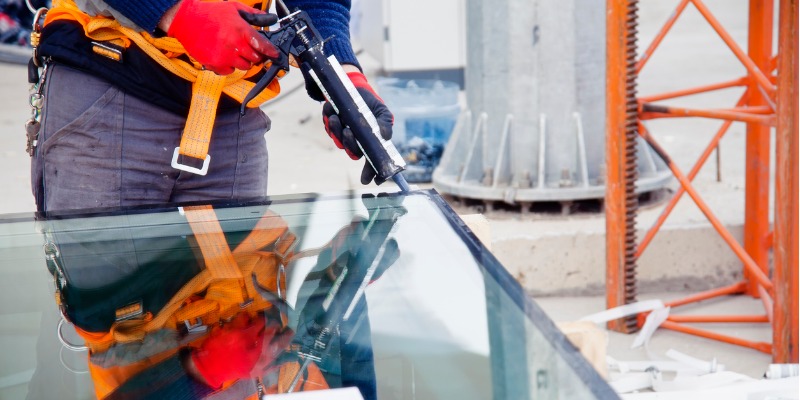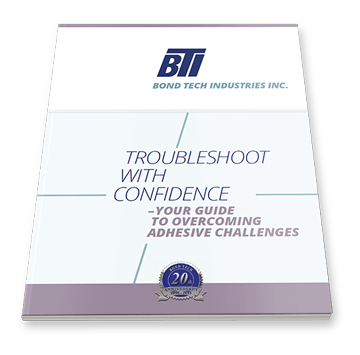
After you’ve mixed your dry blended adhesive with water, you still need to heat it to the correct temperature before you apply it. All of the dry blend adhesives we supply, from PVOH to starch-based to gelatin-based, need to be heated to some degree for the best results.
Why is this temperature so critical, and what happens if you don’t achieve or maintain it? Also, does the ambient environmental temperature affect the adhesive too?
What Happens to Dry Blended Adhesives at the Wrong Temperature?
If your dry blend adhesive is applied at the wrong temperature, a few problems may result. These include:
- Poor or inconsistent bond with materials: A ‘warm’ glue works better. Run the adhesive cold, and you are bound to run into delamination issues.
- Weak bond that breaks under pressure: Any stress your product undergoes in shipping or during use by the end user may break apart a bond created by under-heated adhesive.
- Clogs in equipment: Adhesive that is too cold may clog nozzles on the equipment you’re using to apply the glue. You may need to replace equipment that is clogged by under-heated glue. Or the failing equipment may slow down your production.
- Safety concerns: Adhesives that are too hot may become the cause of safety concerns. Your employee’s protective equipment may not be rated for higher temperatures. Overheated adhesives may also create more fumes or smoke than normal.
Those who utilize dry blend adhesives will typically employ a heated holding tank with circulation. This is the ideal setup to ensure consistently warm glue. The result is faster set speeds, less viscosity variation and better bonds.

How Does Ambient Temperature Influence Dry Blended Adhesives?
The ambient temperature around your adhesive, including the air, equipment, and materials being bonded, is also a factor in bond quality. Changing ambient temperature can impact the adhesive’s own temperature.
For example, while the ambient temperature of your warehouse in the summer may be perfect for application of your adhesive, in the winter, a few degrees colder may have your adhesive clogging your equipment. You don’t want the quality of your product to vary by season.
It’s easier to maintain control over the environmental temperature than to adjust the adhesive heating equipment for changing conditions. After all, these conditions can change by the hour. By keeping your ambient temperature stable with insulation and HVAC equipment, you will also ensure your adhesive cures properly.
Need to Know More About Temperature & Adhesives?
Be sure to check with us if you’re not sure about the application temperature of your adhesive, especially if it is a custom formulation. Bond Tech is your expert source for any adhesive information you need. Contact us today with your questions.





